 Two months after he died, Ernest Becker won the 1974 Pulitzer Prize for General Nonfiction for his book The Denial of Death. I guess, since he was dead, he was not a winner, but his book was.
Two months after he died, Ernest Becker won the 1974 Pulitzer Prize for General Nonfiction for his book The Denial of Death. I guess, since he was dead, he was not a winner, but his book was.
I’ve been thinking lately about Becker and his book and the profound influence they both have had on my life. I referenced his thoughts in a previous blog titled, “Our Struggle with Dying Starts When We’re Toddlers.”
Best-selling author, Mark Manson* includes The Denial of Death as one of “7 Books That Will Change How You See the World.” In Manson’s playful way he writes:
If This Book Could Be Summarized in An Image, That Image Would Be: The grim reaper silently laughing to himself watching you build an elaborate Lego set called “Life,” and you turning around and saying, “Stop laughing, this is important!”
The Denial of Death
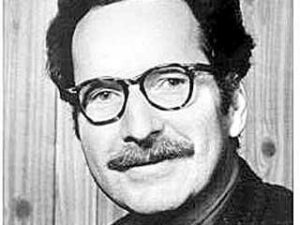 I’ll get to Becker’s deathbed below but first a few quotes from his classic. Note that Becker wrote in 1973 just as we were becoming aware that we no longer refer to all humans as “man.” I know better now but I will let his original words stand.
I’ll get to Becker’s deathbed below but first a few quotes from his classic. Note that Becker wrote in 1973 just as we were becoming aware that we no longer refer to all humans as “man.” I know better now but I will let his original words stand.
- “The main thesis of this book is…: the idea of death, the fear of it, haunts the human animal like nothing else; it is a mainspring of human activity—activity designed largely to avoid the fatality of death, to overcome it by denying in some way that it is the final destiny for man.” (p. ix)
- “The irony of man’s condition is that the deepest need is to be free of the anxiety of death and annihilation; but it is life itself which awakens it, and so we must shrink from being fully alive.” (p. 66)
- “In the prison of one’s character one can pretend and feel that he is somebody, that the world is manageable.” (p. 87)
- “Modern man is drinking and drugging himself out of awareness, or he spends his time shopping, which is the same thing.” (p. 284)
You may argue, “I DON’T spend any of my time thinking about my certain death.” I think Becker would say, “You just proved my point.”
Psychology Today and the deathbed conversation
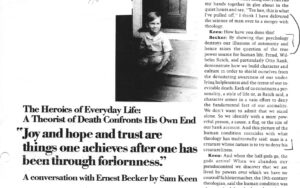 Soon after The Denial of Death arrived in late 1973, Sam Keen, one of the editors at the prestigious Psychology Today magazine, called Becker’s home hoping to set up an interview. Keen explained how the deathbed interview came about: “I called his home in Vancouver to see if he would be willing to tape a conversation. His wife Marie informed me that he had just been taken to the hospital and was in the terminal stage of cancer. The next day she called to say that Ernest would very much like to do the conversation if I could get there while he still had strength and clarity. So I went to Vancouver with speed and trembling, knowing that the only thing more presumptuous than intruding into the private world of the dying would be to refuse the invitation.”
Soon after The Denial of Death arrived in late 1973, Sam Keen, one of the editors at the prestigious Psychology Today magazine, called Becker’s home hoping to set up an interview. Keen explained how the deathbed interview came about: “I called his home in Vancouver to see if he would be willing to tape a conversation. His wife Marie informed me that he had just been taken to the hospital and was in the terminal stage of cancer. The next day she called to say that Ernest would very much like to do the conversation if I could get there while he still had strength and clarity. So I went to Vancouver with speed and trembling, knowing that the only thing more presumptuous than intruding into the private world of the dying would be to refuse the invitation.”
Here are a few quotes from THE expert on death as he lay dying:
- “Each of us constructs a personality, a style of life or, as Reich said, a character armor in a vain effort to deny the fundamental fact of our animality. We don’t want to admit that we stand alone.”
- “We do anything to keep ourselves from the knowledge that there is nothing we can do.… Well, this is the control aspect of character armor which is so vital to the human being.”
- “Joy and hope and trust are things one achieves after one has been through the forlornness.”
Keen noticed that Becker kept referring to “God” when divine transcendence had not previously been part of Becker’s writings. The dying man responded:
- “I don’t feel more religious because I am dying. I would want to insist that my wakening to the divine had to do with the loss of character armor.”
- “At the very highest point of faith there is joy because one understands that it is God’s world, and since everything is in His hands what right have we to be sad—the sin of sadness. But it is very hard to live that.”
Ernest Becker died in March 1974 at age 49. Two months later his book was awarded the Pulitzer Prize.
*Manson is author of The Subtle Art of Not Giving a F*ck, over 8 million books sold.
________________________
Chaplain Hank Dunn is the author of Hard Choices for Loving People: CPR, Feeding Tubes, Palliative Care, Comfort Measures and the Patient with a Serious Illness and Light in the Shadows. Together they have sold over 4 million copies. You can purchase his books at hankdunn.com or on Amazon.

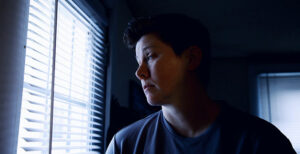 When I first walked into the home, I sat alone with the wife in the living room. She was very comfortable talking about her husband’s impending death. I asked her, “What is all this about not wearing our pins or talking about death? Does your husband know he is dying?” She said, “Oh, yes, he knows he is dying.” I asked, “How do you know he knows?” She responded, “Because he asked me.” I asked how she responded to him and she had told him, “Not while I’m around.”
When I first walked into the home, I sat alone with the wife in the living room. She was very comfortable talking about her husband’s impending death. I asked her, “What is all this about not wearing our pins or talking about death? Does your husband know he is dying?” She said, “Oh, yes, he knows he is dying.” I asked, “How do you know he knows?” She responded, “Because he asked me.” I asked how she responded to him and she had told him, “Not while I’m around.”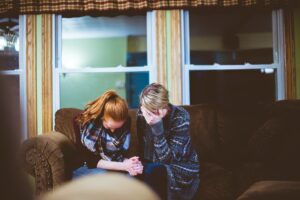
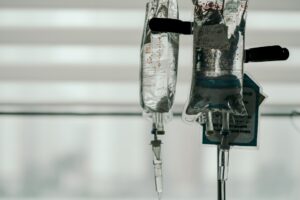 Can we know what God wants? I was drawn to this story reading the pleas for people of faith to pray for a miracle when one could read between the lines and understand that this man was dying.
Can we know what God wants? I was drawn to this story reading the pleas for people of faith to pray for a miracle when one could read between the lines and understand that this man was dying. The family saw this as a sign of God’s intervention. The skeptic might say, “God did not decide the patient should not die during that code. Human intervention went against what seemed to be God’s plan.”
The family saw this as a sign of God’s intervention. The skeptic might say, “God did not decide the patient should not die during that code. Human intervention went against what seemed to be God’s plan.”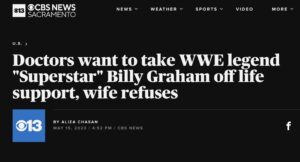 May 7th, Update! “The doctors are continuing to try and prepare me for the worst. And I continue to explain to them that [we] are people of faith and that our God has the final say. I am not in denial about what’s happening to him or blind to what the medical reports say…. I just know that the God I serve is greater than any infection and more powerful than any organ failure.”
May 7th, Update! “The doctors are continuing to try and prepare me for the worst. And I continue to explain to them that [we] are people of faith and that our God has the final say. I am not in denial about what’s happening to him or blind to what the medical reports say…. I just know that the God I serve is greater than any infection and more powerful than any organ failure.”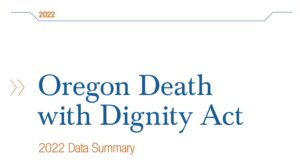 As I have done for the last 25 years, I quickly opened the most recent annual
As I have done for the last 25 years, I quickly opened the most recent annual 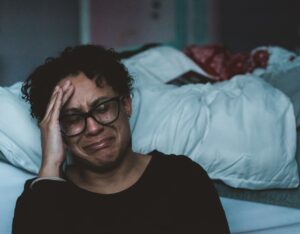
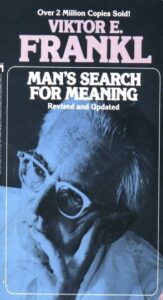 “If there is a meaning in life at all, then there must be a meaning in suffering. Suffering is an ineradicable part of life, even as fate and death. Without suffering and death human life cannot be complete.… Suffering ceases to be suffering at the moment it finds a meaning, such as the meaning of a sacrifice.” Viktor E. Frankl (1905-1997) Holocaust survivor and author of Man’s Search for Meaning
“If there is a meaning in life at all, then there must be a meaning in suffering. Suffering is an ineradicable part of life, even as fate and death. Without suffering and death human life cannot be complete.… Suffering ceases to be suffering at the moment it finds a meaning, such as the meaning of a sacrifice.” Viktor E. Frankl (1905-1997) Holocaust survivor and author of Man’s Search for Meaning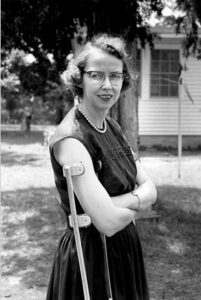

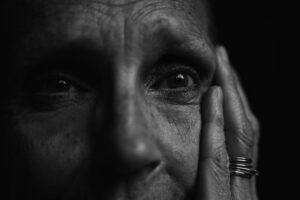

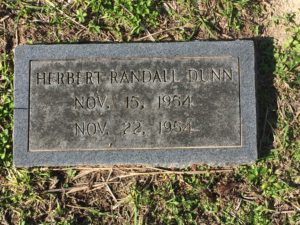 I had a brother who died a week after being born when I was six years old. It wasn’t until I was in my 40s that I asked my mother about Randy’s death. When I did, she burst into tears and said, “My father wouldn’t let me go to his graveside burial service.” I never knew she kept such grief just below the surface. I told this
I had a brother who died a week after being born when I was six years old. It wasn’t until I was in my 40s that I asked my mother about Randy’s death. When I did, she burst into tears and said, “My father wouldn’t let me go to his graveside burial service.” I never knew she kept such grief just below the surface. I told this 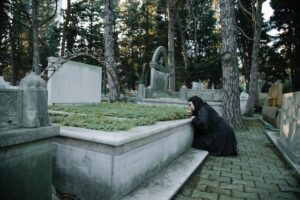
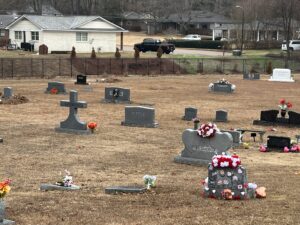 I’ve witnessed this type of grief firsthand. I was a nursing home chaplain; a co-worker lost a teenage son to a hit-and-run accident. She believed it was murder, but the driver was acquitted at trial. She, understandably, became obsessed with this loss. She even bought a house next to the cemetery so she could always look out on her son’s grave.
I’ve witnessed this type of grief firsthand. I was a nursing home chaplain; a co-worker lost a teenage son to a hit-and-run accident. She believed it was murder, but the driver was acquitted at trial. She, understandably, became obsessed with this loss. She even bought a house next to the cemetery so she could always look out on her son’s grave.
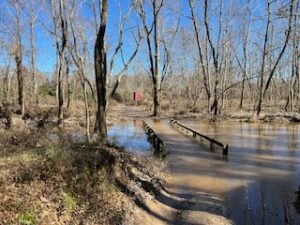
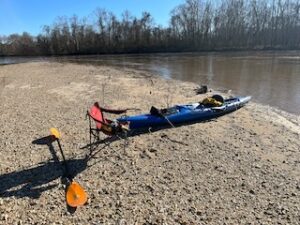

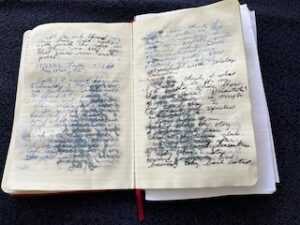
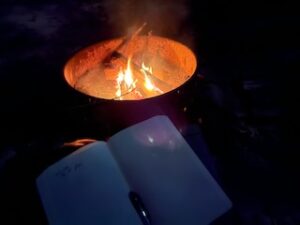 For a situation in which you have no control: “No problem, there is nothing you can do about it.” For a situation in which you CAN do something about it: “No problem, take steps to figure it out.”
For a situation in which you have no control: “No problem, there is nothing you can do about it.” For a situation in which you CAN do something about it: “No problem, take steps to figure it out.” Rosemary Bowen, at 94, was living independently. She said she had had a wonderful life and did not look forward to a long, slow decline toward death. For years, she had been telling her children, “That her life would not be worth living if she had to depend on caretakers to feed her, dress her, and take her to the toilet.” Then, it happened. She fractured her back and went to rehab but was unable to live independently. That was enough for her.
Rosemary Bowen, at 94, was living independently. She said she had had a wonderful life and did not look forward to a long, slow decline toward death. For years, she had been telling her children, “That her life would not be worth living if she had to depend on caretakers to feed her, dress her, and take her to the toilet.” Then, it happened. She fractured her back and went to rehab but was unable to live independently. That was enough for her.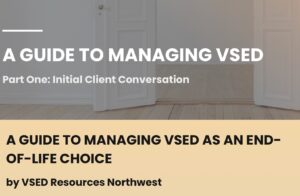 Do not try this without medical support. Rosemary was able to get a hospice to care for her in her last days. Palliative care is also available to ease burdensome symptoms like pain and thirst. See
Do not try this without medical support. Rosemary was able to get a hospice to care for her in her last days. Palliative care is also available to ease burdensome symptoms like pain and thirst. See  I have just discovered two great videos with Dr. Michael Greger discussing this very topic. Each video is less than seven minutes and worth every minute of your time. One is called
I have just discovered two great videos with Dr. Michael Greger discussing this very topic. Each video is less than seven minutes and worth every minute of your time. One is called 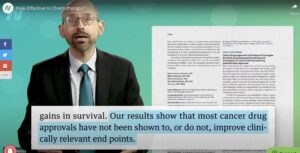 In his second video he referred to a study reported in the Journal of the National Cancer Institute. “In fact, the most expensive drug they looked at, the one costing $169,836 a year, did not improve overall survival at all, and actually worsened quality of life. That’s $169,000 just to make you feel worse with no benefit. Why pay a penny for a treatment that doesn’t actually help?”
In his second video he referred to a study reported in the Journal of the National Cancer Institute. “In fact, the most expensive drug they looked at, the one costing $169,836 a year, did not improve overall survival at all, and actually worsened quality of life. That’s $169,000 just to make you feel worse with no benefit. Why pay a penny for a treatment that doesn’t actually help?” I was leaving on one of my daily bike rides recently and needed to pick a new book to listen to. I selected a reread —
I was leaving on one of my daily bike rides recently and needed to pick a new book to listen to. I selected a reread —  “No one ever told me that grief felt so much like fear. I am not afraid, but the sensation is like being afraid.”
“No one ever told me that grief felt so much like fear. I am not afraid, but the sensation is like being afraid.” “It is incredible how much happiness, even how much gaiety, we sometimes had together after all hope was gone.”
“It is incredible how much happiness, even how much gaiety, we sometimes had together after all hope was gone.” 